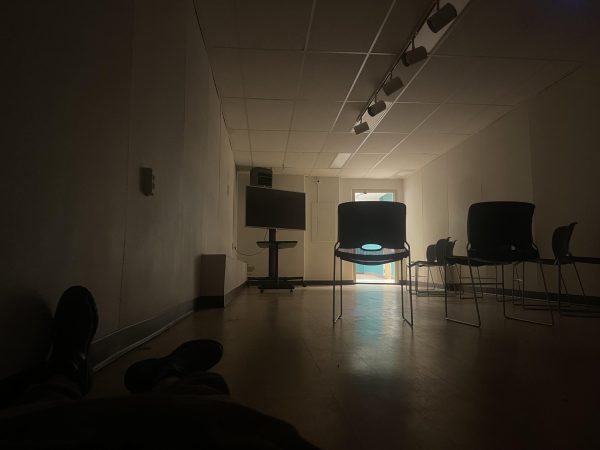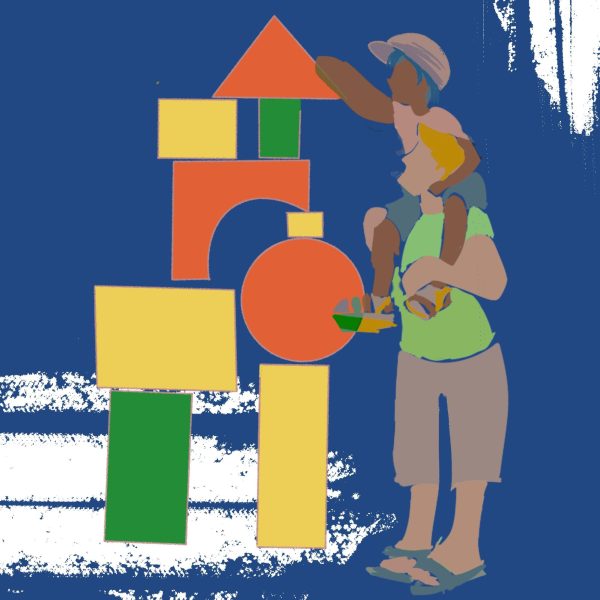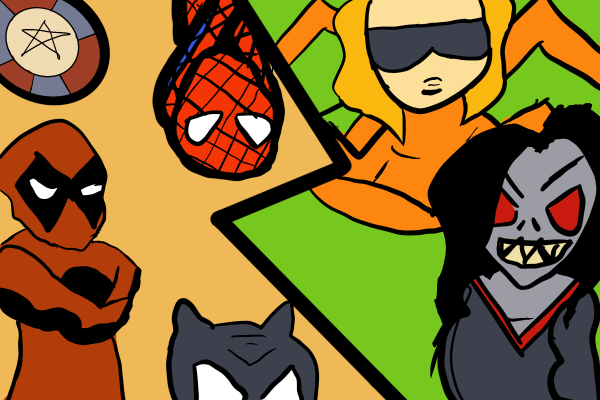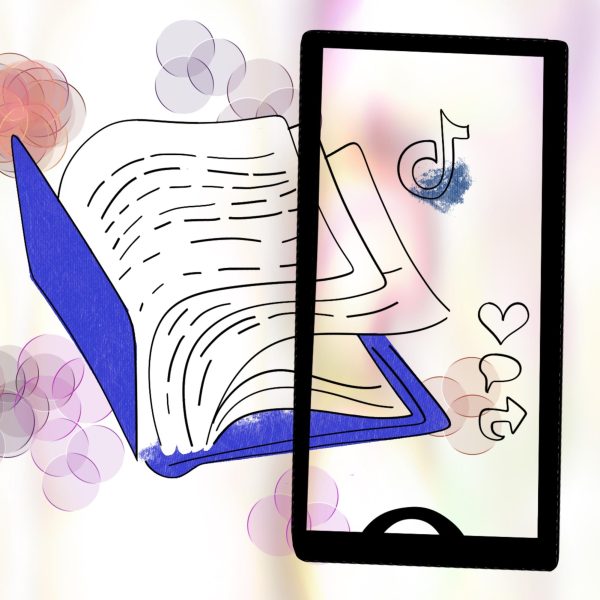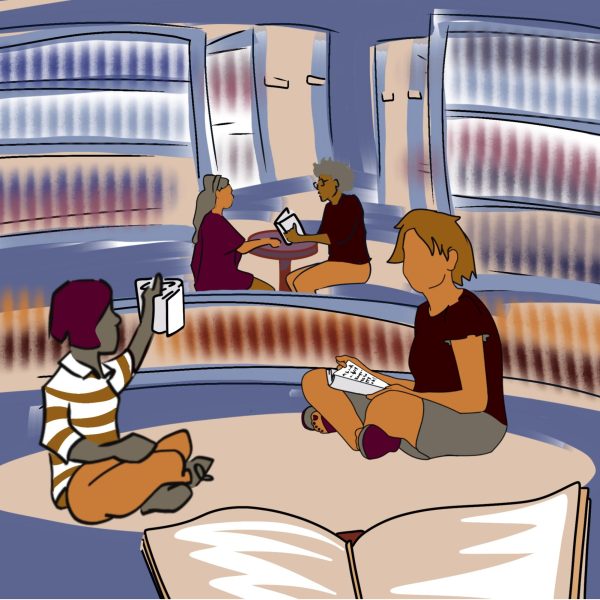Opinion: Social activism, or just social media?

April 3, 2013
Mark Oprea
Mark Oprea is a junior English major and columnist for the Daily Kent Stater. Contact him at [email protected].
On a cool day in February, four black university students sat in a dorm room hanging out and telling stories. Instead of chatting about an upcoming fraternity party, these four friends were discussing something else: social injustice. This was 1960. These North Carolina A&T students, later known as the Greensboro Four, combated racial inequality through sit-ins at a nearby segregated diner. Their idea of social activism would incite an unthinkable surge of similar demonstrations across the country.
Social activism certainly has changed since the ‘60s as the public adopts new technologies. So, can there be another May 4 in the age of Facebook and Twitter?
Last week, Facebook users witnessed a huge outburst of profile-picture confusion: A bold pink “equals” symbol against a red background flooded their news feeds in replacement of the usual avatars. Provoked by the Human Rights Campaign, this image representing lesbian, gay, bisexual and transgender equality was seen by many naysayers as a poor excuse for want-to-be activists to have participation in social change. A writer for the New Yorker recently agreed: “Twenty million avatars are not twenty million people in the street.”
I suppose these doubters are right: The nine justices overseeing the Supreme Court cases last week concerning the constitutionality of banning LGBT marriage are not going to be directly persuaded by a couple clicks of a mouse. But that’s not to say that there is no worth in a sea of similar Facebook avatars. There is something about this medium used in spreading an idea itself that is of value in social activism.
Look at the Stop Online Piracy Act last year that threatened to heavily restrict Internet freedom. The rejection of the bill relied substantially on the effect of Internet exposure to influence the decision of Congress. Commenting on the 2009 Iranian election protests, former national security adviser Mark Pfeifle said, “without Twitter, the people of Iran would not have felt empowered and confident to stand up for freedom and democracy.”
How about Invisible Children and its Kony 2012 campaign? Was painting the town red no more effectual than painting Facebook pink? Skeptics were apt to comment on the viral video’s insufficiency in actually changing anything, but it got people talking about it. It is not that watching the video itself is a form of activism; it is a means of awareness.
Social networking is a just new way to find solidarity in social thought — the solidarity that is formed on the basis of a unified idea. It is the same bond that brought activists together in Greensboro, spreading an idea without the benefit of Twitter. A participant at a succeeding Greensboro sit-in stated, “It was like a fever. Everyone wanted to go.” This fever to be a part of something is one of the prime motivators in social change.
The simplicity of a couple clicks of a mouse allows these ideas of change to spread so rapidly. It is not exactly activism but a step toward it. Every single one of us wants to take part in the fight for social injustice — it gives us a feeling of the altruistic spirit. So, if changing your avatar on Facebook feels good, how do you think sending a letter to your state senator would feel?















